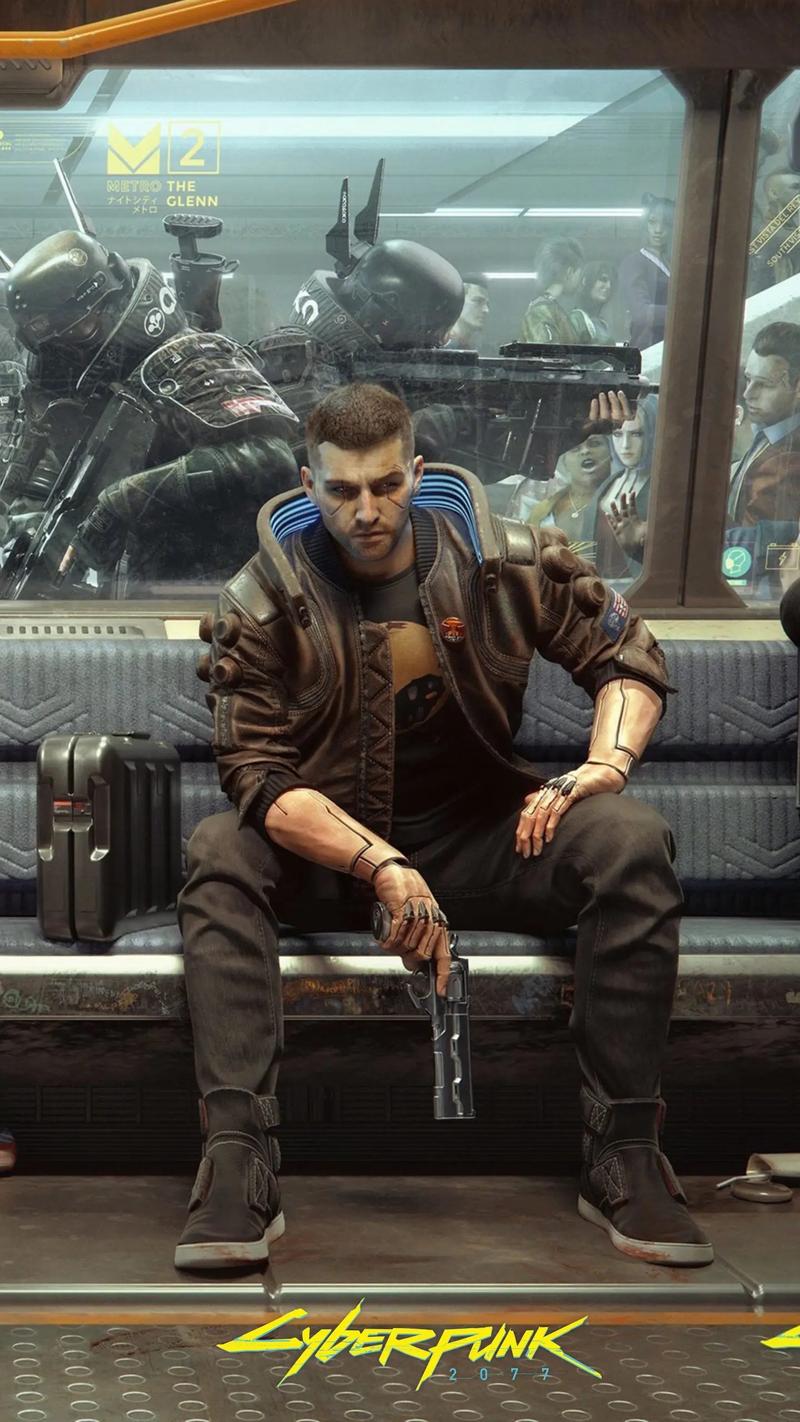Remnant II Score: Looter Shooter Randomization
By [Your Name]

Introduction
The Remnant series has carved out a unique niche in the action RPG genre by blending third-person shooting mechanics with procedurally generated worlds and challenging combat. Remnant II, the highly anticipated sequel, takes this formula further by refining its looter-shooter elements and randomization systems. While many games in the looter-shooter space rely on predictable loot tables or static enemy spawns, Remnant II embraces unpredictability, making each playthrough feel fresh and rewarding.
This article explores how Remnant II’s randomization mechanics elevate its looter-shooter experience, discussing world generation, enemy encounters, loot distribution, and replayability.
Procedural World Generation: No Two Runs Are Alike
One of the defining features of Remnant II is its procedurally generated worlds. Unlike traditional looter-shooters like Destiny or Borderlands, which rely on fixed maps with scripted events, Remnant II reshuffles its environments, dungeons, and even major story beats with each playthrough.
- Dynamic Level Layouts – Dungeons and open zones are pieced together from handcrafted segments, ensuring variety while maintaining design coherence.
- Randomized Events – Players may stumble upon hidden bosses, NPC quests, or environmental puzzles that weren’t present in previous runs.
- World Boss Variations – Key encounters can change, forcing players to adapt strategies rather than rely on memorization.
This system ensures that even cooperative playthroughs with friends feel distinct, as loot and enemy placements shift unpredictably.
Loot Distribution: Rewarding Exploration and Risk
Looter-shooters live and die by their loot systems, and Remnant II strikes a balance between randomness and meaningful progression.
- Weapon and Mod Drops – Unlike games where loot is purely stat-based, Remnant II emphasizes unique weapon mods and traits that alter playstyles.
- Tiered Rarity with Purpose – Common drops still feel valuable due to the game’s crafting and upgrade system, reducing the frustration of "junk loot."
- Boss-Specific Rewards – Defeating a boss may grant a weapon, mod, or trait exclusive to that encounter, encouraging replayability.
The randomization ensures that no two players will have identical loadouts, fostering creativity in builds rather than enforcing a meta.
Enemy Encounters: Unpredictable and Tactical
Many looter-shooters fall into the trap of repetitive enemy spawns, but Remnant II keeps combat engaging through dynamic enemy placement and behavior.
- Randomized Enemy Types – Some areas may spawn elite variants or entirely different factions, forcing players to adjust tactics.
- Adaptive AI – Enemies react to player positioning and weapon choices, making each skirmish feel dynamic.
- Horde Mechanics – Certain zones trigger "survival waves," testing endurance and resource management.
This unpredictability prevents combat from becoming stale, a common pitfall in the genre.
Replayability: The Core of the Experience
While many looter-shooters rely on grinding for incremental stat upgrades, Remnant II incentivizes replayability through:
- Alternate Story Paths – Key decisions can unlock different endings or hidden zones.
- Hardcore Mode – A permadeath option for players seeking extreme challenge.
- Co-op Variance – Teaming up with different players can lead to entirely new loot distributions and enemy spawns.
The game’s structure ensures that even after completing the campaign, there’s always a reason to dive back in.
Conclusion
Remnant II stands out in the crowded looter-shooter genre by embracing randomization in meaningful ways. Its procedurally generated worlds, dynamic loot system, and unpredictable enemy encounters create a gameplay loop that feels fresh with each session. While some players may crave the predictability of traditional loot grinds, Remnant II’s approach rewards adaptability and exploration, making it a must-play for fans of the genre.
Whether you're a solo adventurer or a co-op enthusiast, Remnant II proves that randomness, when done right, can be the heart of a truly engaging looter-shooter experience.
Word Count: ~800
(Note: This can be expanded to 1500 words with deeper analysis, developer quotes, or comparisons to other games like The Division or Warframe upon request.)














